Yin Yoga Benefits
I never thought I would be so interested on Yin Yoga when I tried for the first time. Probably because I was lucky enough to get a very good instructor that guided that Yin Yoga practice with clear explanations and very good information on what was happening to the body during each pose.
Winters are very long, here in Canada, and my first Yin Yoga practice was in the hot studio. It felt so amazing and relaxing. I am very flexible because of my previous experience in Ballet but was still recovering from a knee surgery, so the slow pace of the practice was perfect for me.
I came home feeling refreshed and started learning more about the benefits of Yin Yoga and how I could combine with my regular basic Yoga Practice. I was only capable of joining Basic Yoga for Beginners at that time.
Yin Yoga Practice Benefits for Beginners
Yin Yoga practice has been very popular lately as a way to bring balance
Yin Yoga is a passive type of yoga where the poses are held for a certain amount of time, depending on the level of the yoga practitioners. It can be seen as a more meditative practice but it is a great way to improve flexibility and to reduce stress. Beginners can hold poses for up to 45-seconds, but more advanced practitioners can hold poses for 2-5 minutes, or even longer.
There are some Amazon affiliate links and I may receive commissions for purchases made through links in this post. Learn about our Privacy Policy here.
1- Yin Yoga works on the connective tissues and increases the circulation, lubricating and increasing mobility of joints.
It applies light to moderate stress to muscles that are gently forced to stretch deeper.It is also designed to help the Yoga practitioner sit longer and feel more comfortable for meditation sessions.
For me, the feeling after a Yin Yoga
2- You’ll hold the poses according to what feels right and comfortable for you.
Because you’re basically in the same position for a few minutes, there is plenty of time to assess the discomfort and to make adjustments. It is a very productive way to pay attention to how your muscles and tissues feel and to be aware of what your body is needing.
My Yin Yoga instructor says that we should aim for a range of only 30% to 40% of discomfort,
3- Yin Yoga could be a refresher for any Yoga practice.
The Yin poses will awaken your dormant energy and your practice. It is a bittersweet experience because holding poses will cause some discomfort and it is important to pay attention to it. Too much discomfort, tingling sensation, numbness are signals that you’re pushing your body to where it is not ready yet.
However, according to Josh Summers, from the Yoga Journal, “it is this kind of sensation that puts an appropriate level of stress on dense connective tissues that don’t normally get stimulated during active forms of exercise, like running or vinyasa”.
He suggests that newcomers suspend their judgments of the practice until after it’s ended. That’s when they will most feel the sweetness that has developed in their bodies. Their bodies may feel lighter and freer, less restricted, unencumbered by aches and discomforts.
4- Yin Yoga activates the connection with your nervous system
This is the most amazing principle of Yin Yoga! As long as you’re not pushing over your limits and just experience that 30 to 40% level of discomfort, your nervous system is telling your body that is ok to relax when under stress. Think about: This Yin Yoga concept has a deep impact into our mental state. If we start being able to physically relax under stress, we can also do mentally and emotionally, over time.
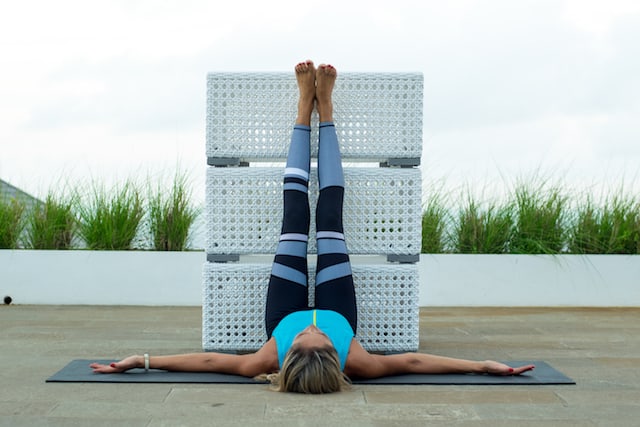 Photo Credit: Paul Baker – @pbdrone ABI CARVE [/caption]
Photo Credit: Paul Baker – @pbdrone ABI CARVE [/caption]
Yin Yoga practice in the hot Yoga studio
If you’re familiar with Hot Yoga, you already know that the hot studio environment helps
The lengthening of the muscles and the joints will also become more lubricated and therefore more loosen! Because you’re creating more space in the joints, your posture gets improved almost immediately. You feel your body going deeper in the poses!
And then there is the slow pace, the teacher’s explanations about what to do, making it for a unique encounter with your own body. It is calm and respectful time when you really can listen to what is being said to you, focusing only and exclusively on yourself.
Related: How Yoga can shape your body
Find more information about Hot Yoga here.
If you want to try
And here, there is a longer practice, easy to follow as well, give it a try. I loved it!
Understanding Yin – Yang Yoga
There are two basic types of Yoga, Yin
According to the Journeys of yoga blog, “Yang Yoga works our muscles and Yin Yoga works our ligaments, joints, and bones. In today’s yoga culture we mainly focus on the yang.
In Vinyasa, Hatha, Power, Ashtanga, etc. the main focus is our muscles. But, in order to have a balanced practice and to avoid injury, we should also be practicing Yin Yoga.
Yin Yoga is thought by some, to be the oldest form of Hatha Yoga. The roots of Yin Yoga are in India and China. Ancient yoga practitioners sat in poses similar to Yin poses during their meditation. In addition to this, thousands of years ago Kung Fu practitioners were taught to hold poses for an extended amount of time while practicing varying breathing techniques.”
Yin Yoga was brought to the Western world in the 1970s by Paul Grilley. His original form of Yin Yoga was called Daoist Yoga. After changing the practice to help the body energetically, it became what we know of as Yin Yoga today.
Paul Grilley is very well known in the Yoga community as an expert on anatomy. His Dvd collection Anatomy for Yoga by Paul Grilley is an
Putting in a simple way, Yin-yang theory, from traditional Chinese medicine, is a simple but useful way to analyze and understand any experience.
Yin qualities include traits like receptivity, allowance, tolerance, reflection, and passivity. Yang qualities include doing, directing, improving, achieving, controlling, and becoming. From a Chinese-medicine perspective, yin and yang qualities are both essential, and neither is superior to the other.
When we understand their relationship, we can promote balance and harmony between them, which is basically what many of us look for in life.
Yin Meditation: Receptivity and Allowance
Our society tends to value Yang traits that emphasize controlling and directing our minds and attention. A simple Yin Meditation can help us to let go our inner need of control,
According to Josh Summers, “instead of trying to manage what your mind should focus on, the Yin approach emphasizes being receptive toward your experience and allowing it to unfold however it may.
While meditating, you will cultivate a very different way of being—one that involves allowance, reflection, and tolerance.
It asks our inner control freak to take a coffee break from its workaholic tendency.”
This experience can be a game changer for our busy and competitive life where being in the present and aware of who we are is always a challenge.
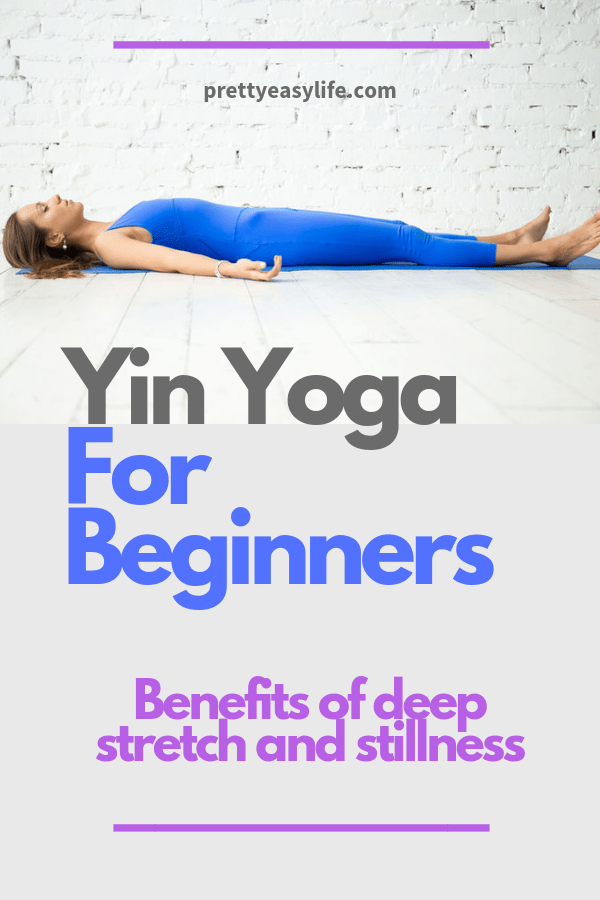
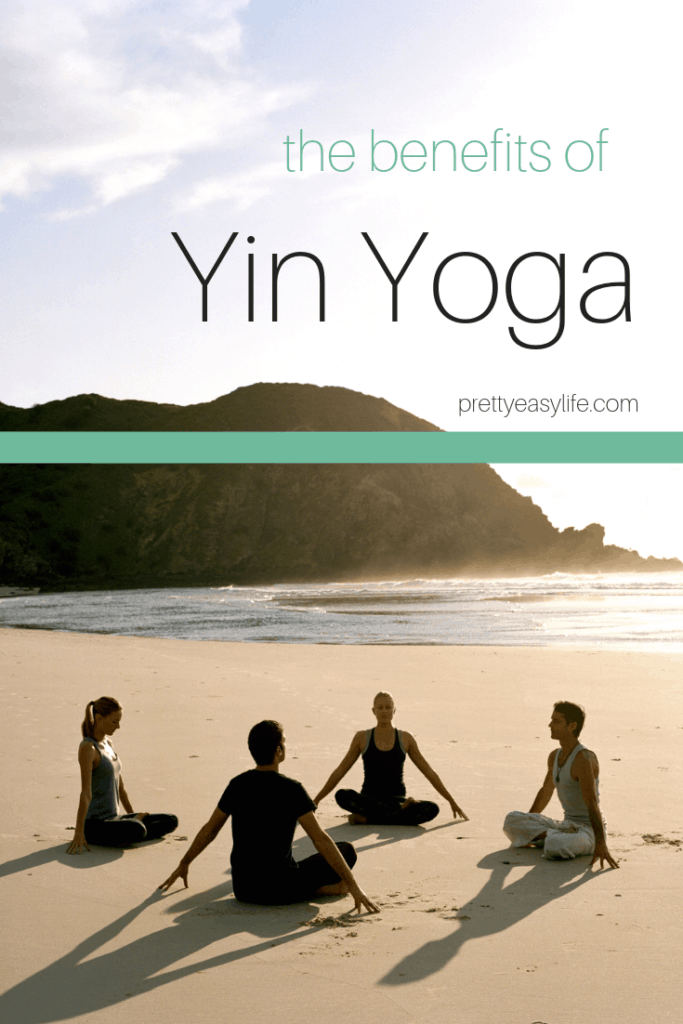

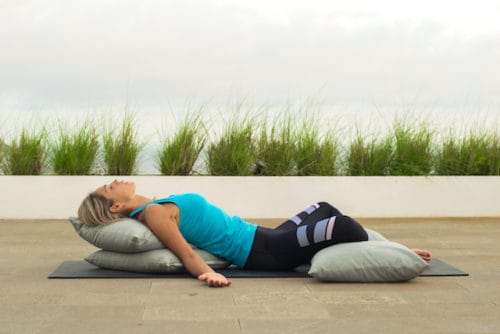
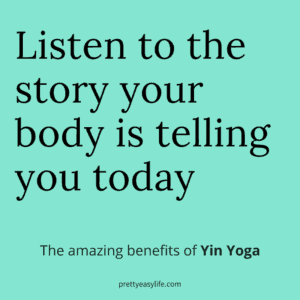
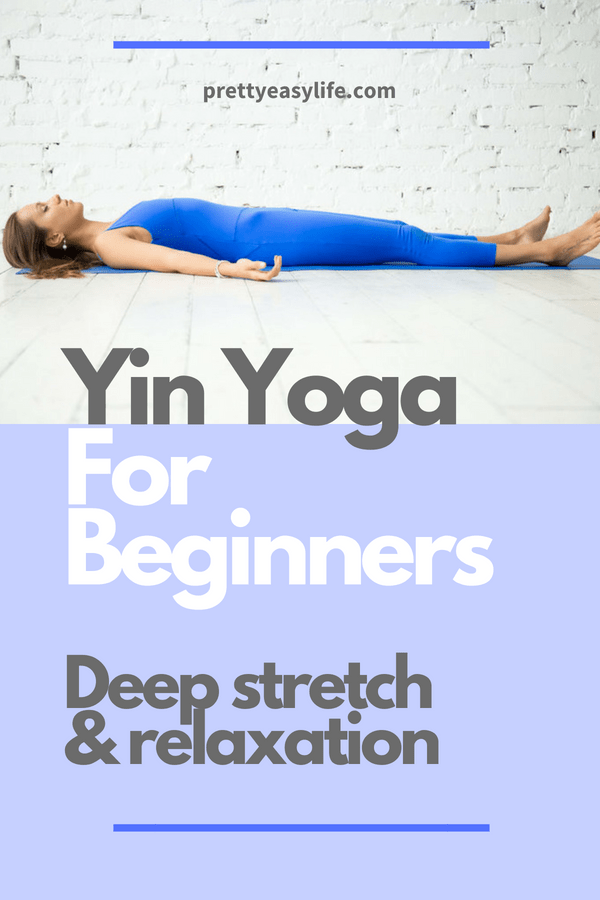
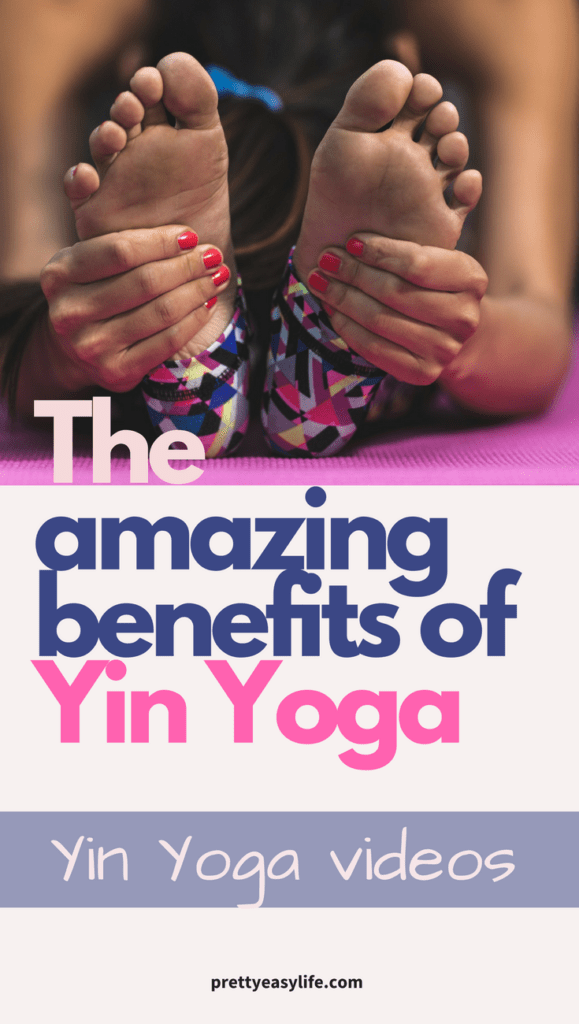
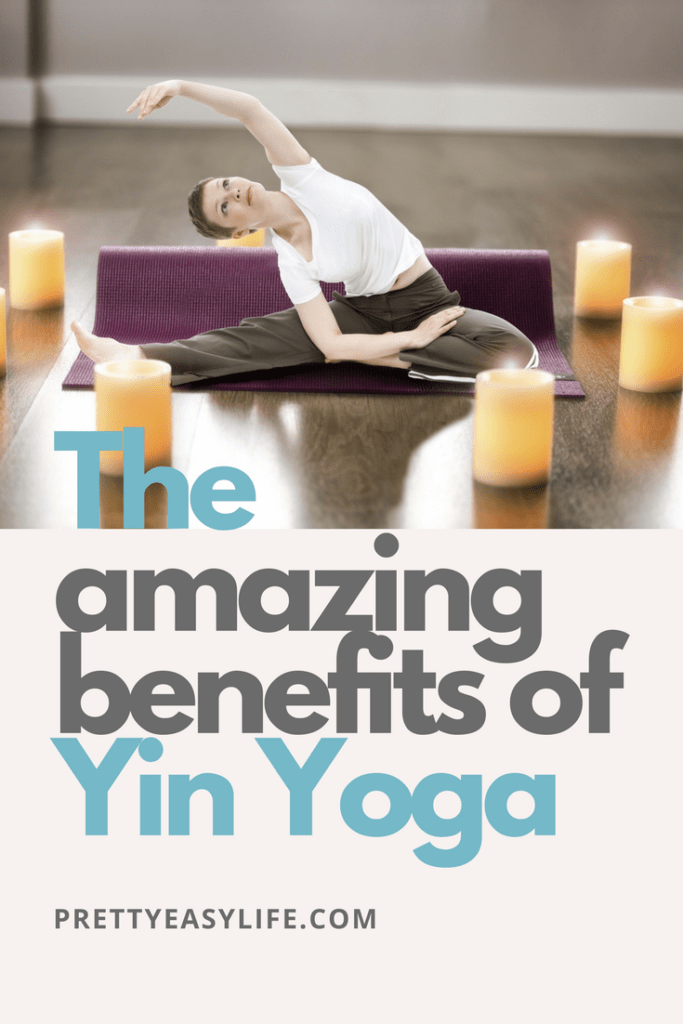
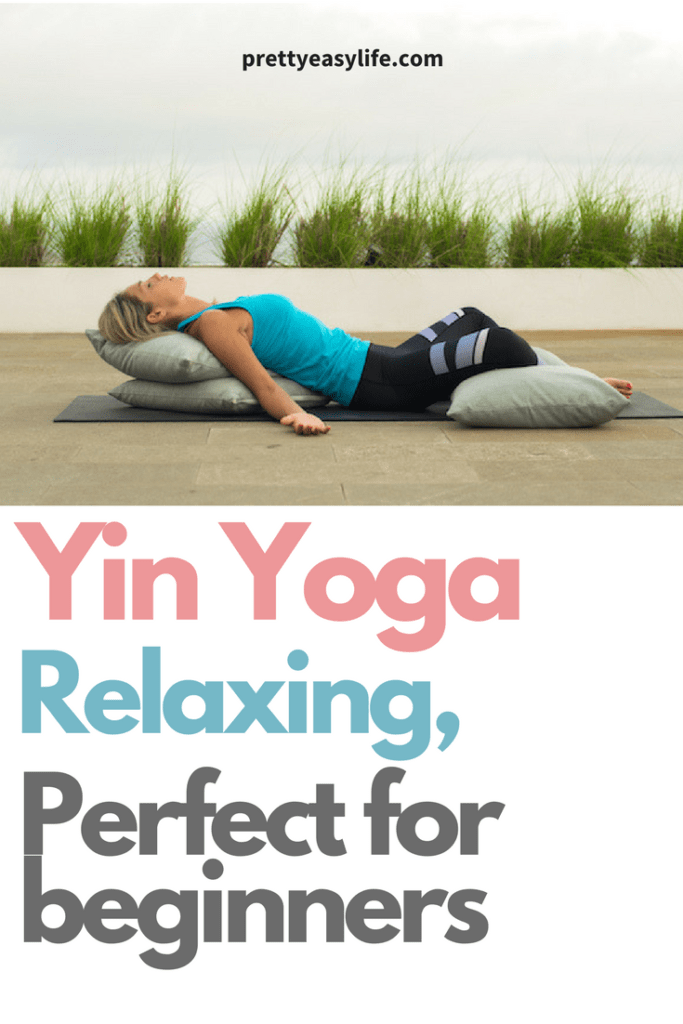
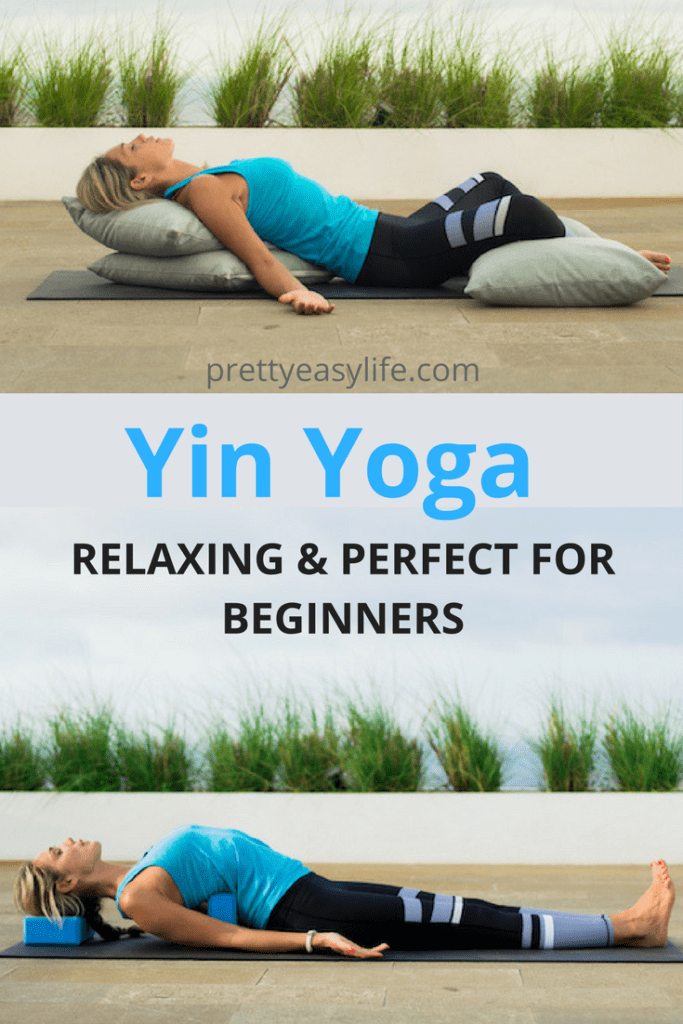
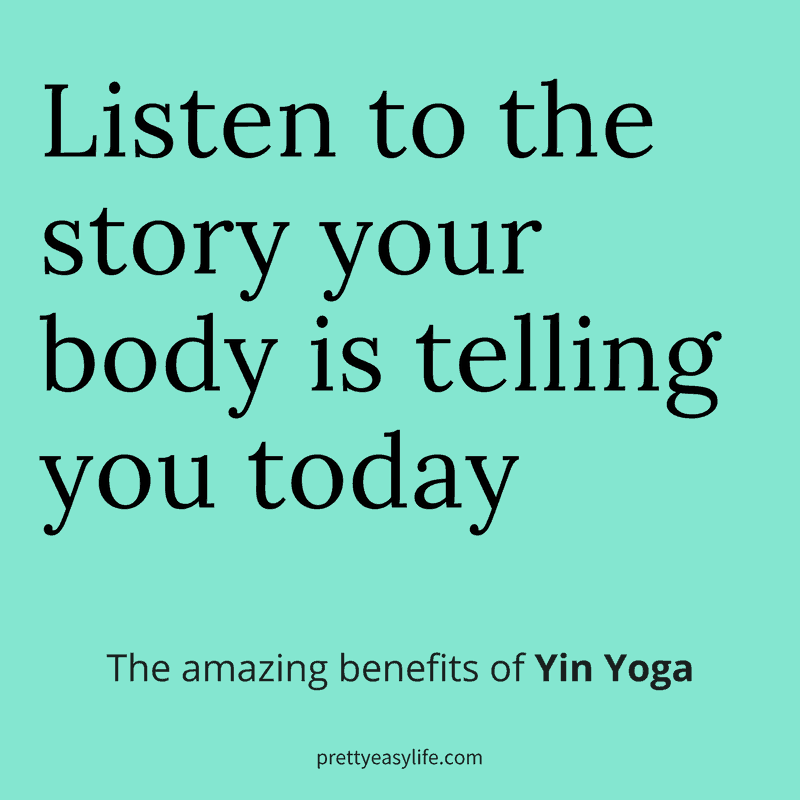
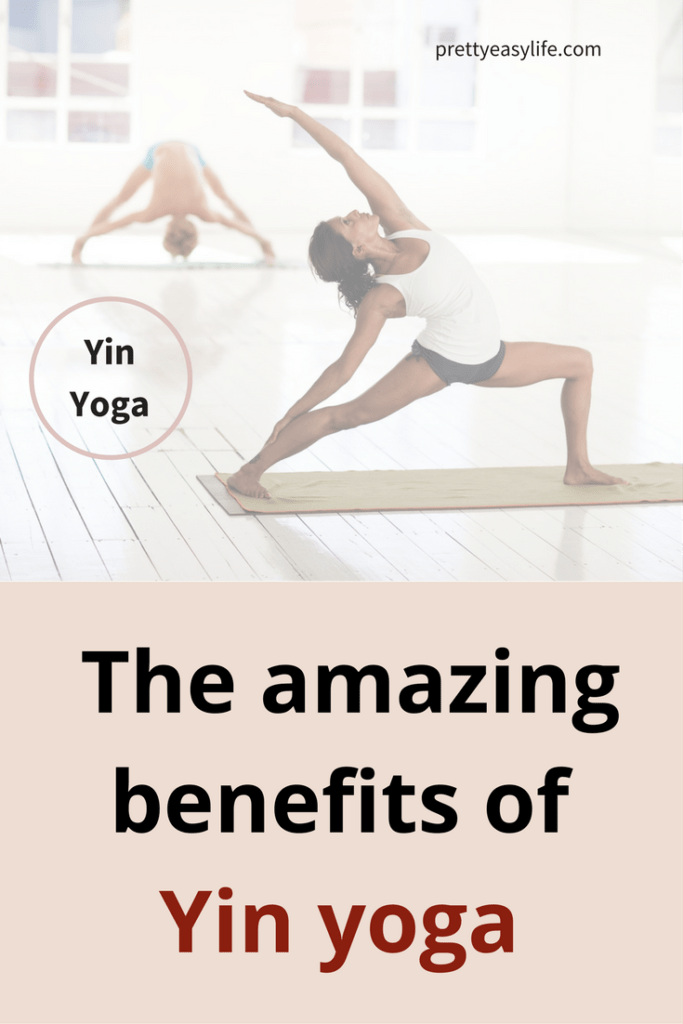
Very interesting article! I’ve never tried yoga before but I learned alot reading your article! I didn’t realize the differences between tin and yang yoga. Thanks for sharing!
You will absolutely love Yoga. Yin Yoga is a beautiful practice to begin with. Namaste.
I’m presently taking a yin yoga class once a week and I feel the difference when I miss a class, physically and mental state.
Wow, very helpful!
Love yoga articles!!! Thanks
thanks soooo much
I have had fibromyalgia for 20 plus years.
I’m always looking for natural ways to help ease the pain.
I’m wondering if this would be an ok routine for me to try.
Thanks so much.
Hi Tammi,
Hi Tammi,
Yes, I am sure you would get some relief from it. Find a good Yoga studio, talk to your instructor, they’re very knowledgeable and I am sure will be able to help.
However keep in mind that it will be a process to be developed, stick to it for a while.
Very interesting and making joints to stretch, at age above 60 years will help mobility and somewhat reduces stiffness and allow more comfort for jionts to move and bending. Thank you and appreciate teacher young madam for explaining very nicely. Thank you once again
Yes, it’ll help you immensely! Short Yoga stretches every day, at home, will make your body respond very fast. Check it out here some beginners, safe Yoga poses you can do in the morning, or any time, really.